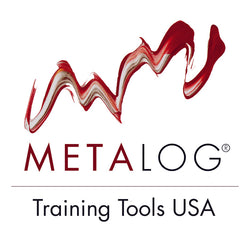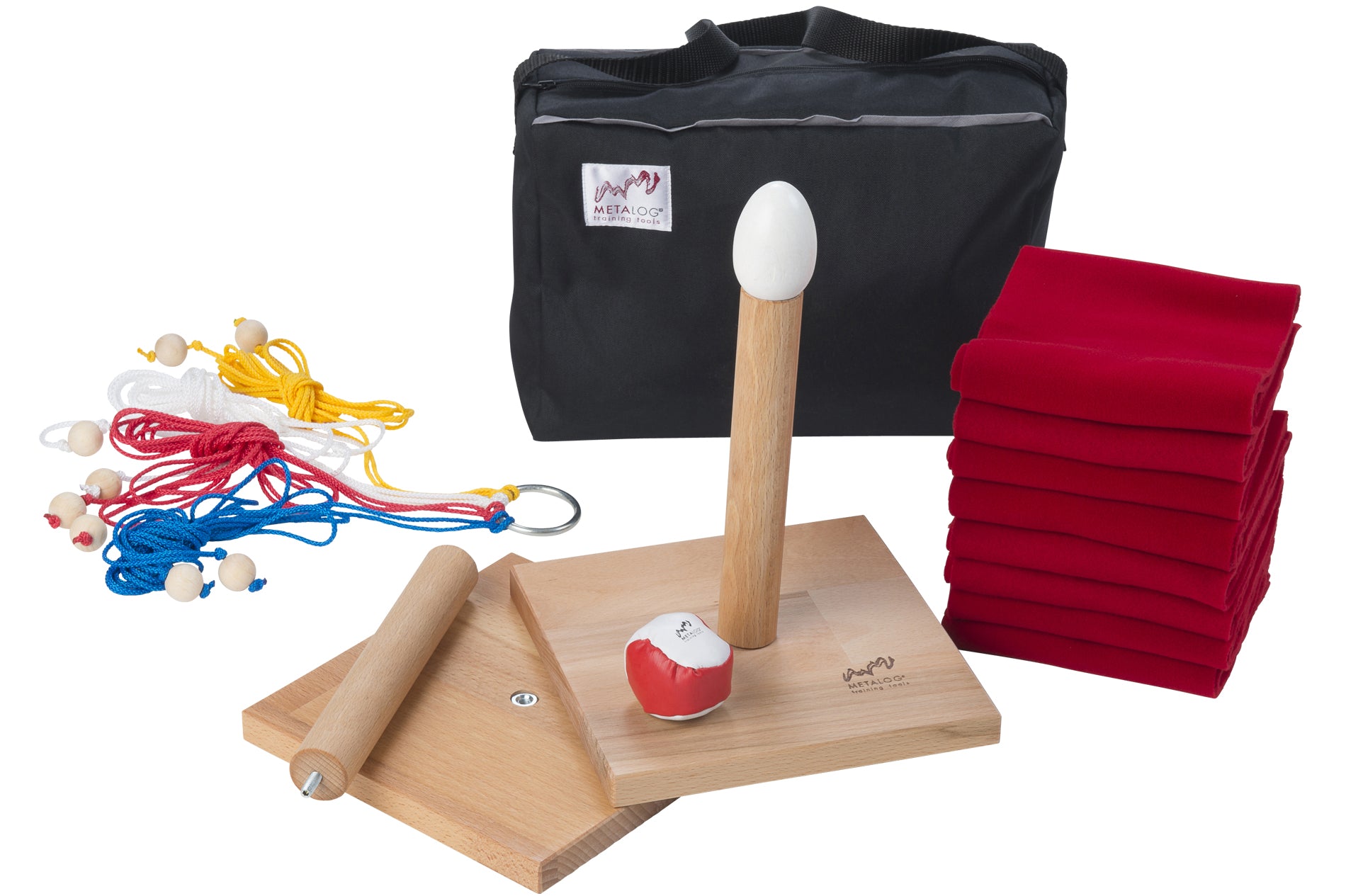- No products in the cart.

Bernd Dieschburg used StringBall to show managers from a 12-site retirement center how to adapt their leadership style to each situation and team
Germany has a well-established system for elderly care, but it is facing enormous challenges now that its baby boomers – those born between the late 1940s and mid-1960s – are at or near retirement age. As more and more of these seniors seek care, employees at the country's retirement centers and assisted living facilities are struggling to keep up with the rise in demand.
To help its workforce stay engaged and to stave off rising rates of absenteeism and turnover, the Martin Luther Foundation Hanau, a 12-site retirement center with 930 employees, sought the guidance of HR consultant Bernd Dieschburg.
An expert in employee engagement, Dieschburg designed a leadership development program that emphasized situational leadership. His goal was to encourage managers to pay close attention to the changing needs of their teams and tasks, and adapt their leadership styles as needed to bring out everyone's best.
"As the ability to lead is rarely something you are born with," he explains, "it is important to address what leadership actually requires and the specific leadership situations leaders face in their working lives."
Dieschburg combined classic teaching methods with experiential learning tools such as StringBall, which is ideal for addressing leadership style, manager / employee communication and team interdependence.
Pairing StringBall with workplace metaphors is easy and effective
The goal of the StringBall activity is to work as a team to move a ball balanced in a metal ring from one wooden pedestal to the other, but half the participants are blindfolded and must be directed by the others who are not. It's easy to assign workplace metaphors to every element of the challenge, which Dieschburg did.
Working with groups of 10 emerging and senior managers, Dieschburg divided the participants into three smaller groups. He asked seven people to step into the role of employees, one to serve as their manager, and two to observe the activity.
"The managers who took part felt that the learning project provided plenty of material for discussion, was highly memorable, brought abstract topics to life and made them easy to talk about. They often found correlations to everyday life in the learning project and they often talked about it in the evening over a post-work beer."
Blindfolded participants represent employees who need more guidance
Within the employee group, three were to be blindfolded to represent new and inexperienced workers, while the other four were to be 'sighted' to denote more experience and the ability to provide support to their junior colleagues. But first he asked this group to stay in the seminar room and discuss the question, 'What does team-focused leadership involve?' while he led the other three outside to introduce the StringBall activity.
He took the manager and the two observers to an activity zone where he had placed the tool on a slope with a few small branches and stones to necessitate 'safety training' during the activity.
Learning how and why to be fluid with one's leadership style
He told the manager, "You are now the manager of seven employees, and you have to enable your team to complete the StringBall task as quickly as possible while making as few mistakes as possible. While they do so, the team must – just like in the elder care sector – ensure that tasks are completed in a concentrated, careful and conscientious manner. It is up to you to decide whether you, as a manager, will contribute in an operational capacity or whether you will concentrate exclusively on your leadership role."
"It is particularly important," he continued, "that you take into account the varying needs of the employees in performing the task, including both the sighted and blindfolded participants."
The manager was then to return to the seminar room to:
- Inform the employees about the task and how to achieve the goal.
- Lead everyone from the seminar room to the activity zone as safely as possible.
- Conduct 'safety training' for all participants.
The manager also had to explain the following rules:
- All employees — blindfolded or not — must hold the strings.
- The sighted employees will support their blindfolded colleagues.
- You are only allowed to hold the wooden balls at the end of the strings.
- You are not allowed to shorten the strings.
- If the ball falls off, you must start over.
- The sighted employees must watch out for small obstacles in the terrain.
The observers, meanwhile, were given observation forms with criteria for evaluating the manager's leadership style. Questions ranged from 'How does the manager inform/instruct the employees?' to 'What does the manager do to take into account the different needs of each employee (maturity levels in the situational leadership model)?'
Once the manager brought the employees outside to the activity zone and led them through the challenge, which took about 30 minutes, Dieschburg invited the entire group back to the seminar room to reflect on the activity.
Relating the experience back to work – how can managers support teams?
Dieschburg divided the reflection into three stages: 1) a self-assessment from the manager 2) a self-assessment from the employees and 3) feedback from the two observers based on the criteria he had given them earlier. As facilitator, Dieschburg focused on the similarities, differences and contrasts in everyone's comments.
Finally, to wrap things up, he compared their new insights with the original question he had posed to the employee group, 'What does team-focused leadership involve?' to help them transfer their new learnings to their real-world work as managers.
Key insights from the exercise included:
- Remain calm and level-headed despite the daily hustle and bustle of life.
- Take employees’ different maturity levels into account.
- Be able to see things from the employees’ perspectives.
- Draw on the cooperation and support of all.
- Take time in the run-up to the task.
- Give clear and precise instructions.
- Actively ask questions for clarification, such as, 'What is still unclear?'
- Encourage and empower employees, especially when they experience failure.
- Place special emphasis on teamwork and the ability to coordinate.
- Spotlight collaborative goal achievement.
Using StringBall, Dieschburg says, gave his participants the opportunity to observe themselves exhibiting authentic behavior and led to truly sustainable learning.
About the trainer
Bernd Dieschburg is a freelanch coach and consultant in Bruchköbel, Germany.







